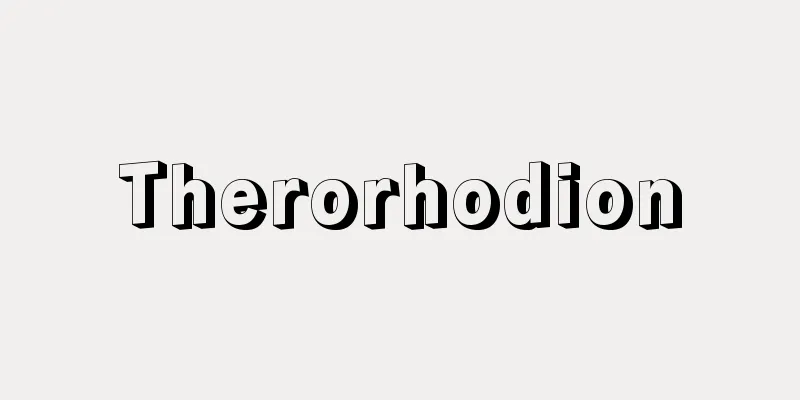More

|
…It can be said that it is a custom that members follow unconsciously and automatically. When beliefs and views that are true and correct for the welfare of society are added to this custom, it becomes a third custom, mores. Customs can be considered, so to speak, moral standards of behavior, to which members respond emotionally. … From [Norms]...In sociological terms, it is usually explained in relation to the word value, as in "values and norms," but in this case, values represent something highly abstract, such as a standard of general desirability, and in that sense transcendental and ultimate, while norms are more concrete standards that dictate behavior in a specific situation. Norms are (1) divided into customs and laws based on whether the nature of the punishment imposed on violations is informal (punishment imposed by private individuals) or formal (punishment imposed by state power), and (2) customs are further divided into customs (what W. G. Sumner calls "folkways") and customs (what Sumner calls "mores") based on whether the group sentiment toward the binding of the norm is weak or strong. Customs refers to things that are relatively weakly binding, such as tradition or public opinion, while customs refer to things that have a stronger binding power on individuals, such as morality, which is supported by internal spontaneity rather than by external coercive forces. From [Customs]…But it is also sometimes used as a strictly defined term, as a translation of folkways. Folkways is a word coined by the American sociologist WG Sumner, who argued for dividing customs into folkways and good morals or mores. According to him, the effort to satisfy the need for survival leads to the selection of a certain way of acting after trial and error, and a habit is born. … From [Moral]…In other words, the way is almost synonymous with ethics as the principle that establishes human morality, and the state of having mastered it is virtue, but morality, while used almost synonymously with ethics, strongly implies virtue. Both morality and ethics are nowadays used more as translations of modern European words (for example, English morality, ethics, German Moralität, Sittlichkeit, Ethik, French morale, éthique), but these words are usually derived from the Greek ethos or ēthos, or the Latin mores (plural of mos). The word ēthos is, first, usually used in the plural ēthē, meaning a familiar place, residence, or hometown; second, also usually used in the plural, meaning the customs and practices of a group; and third, the individual's moral consciousness, moral feelings, attitudes, character, or morality itself, which are cultivated by such customs and practices. … *Some of the terminology that mentions "mores" is listed below. Source | Heibonsha World Encyclopedia 2nd Edition | Information |
|
…成員が無意識的,自動的に守っている慣習だと言える。この習俗に,社会の福祉にとって真でありかつ正しいとする信条や見解が付け加わると,それは3番目の慣習としての習律(モーレスmores)になる。習律は,いわば道徳的な行動標準ともみなしうるものであり,成員はそれに情緒的にも反応する。… 【規範】より…社会学の術語として,〈価値と規範〉というように価値という語と関連づけて説明されるのが通例であるが,その場合には,価値が一般的な望ましさの基準といった抽象度の高い,その意味で超越的,究極的なものを現すのに対し,規範はもっと具体的に特定状況のもとでの行為を指示するような基準にかかわる。規範は,(1)その違反に対して行使される処罰の性質がインフォーマルinformal(私的個人によって行使される処罰)か,フォーマルformal(国家権力によって行使される処罰)かの区分軸によって,慣習と法とに分けられ,(2)慣習はさらに,当該規範の拘束に対してこめられた集団感情が弱いか強いかによって,習俗(W.G.サムナーのいう〈フォークウェーズfolkways〉)と習律(サムナーのいう〈モーレスmores〉)とに分けられる。習俗は伝統とか世論のように拘束力の相対的に弱いものをさす言葉で,習律は個々人を拘束する力がもっと強く,道徳のように外からの強制力によるよりも内面的な自発性によって支えられているものをさす。… 【習俗】より…しかしfolkwaysの訳語として厳密に概念規定された用語として使われることもある。folkwaysはアメリカの社会学者W.G.サムナーの造語で,彼は慣習customを習俗folkwaysと良俗あるいは道徳的慣行moresとに分けることを主張した。彼によれば,生存の欲求を充足させようとする努力は試行錯誤の末に一定の行動方式を選択するようになり,習慣habitが生じる。… 【道徳】より…すなわち,道とは人倫を成立させる道理として,倫理とほぼ同義であり,それを体得している状態が徳であるが,道徳といえば,倫理とほぼ同義的に用いられながらも,徳という意味合いを強く含意する。道徳と倫理の両語とも,現今では近代ヨーロッパ語(たとえば英語のmorality,ethics,ドイツ語のMoralität,Sittlichkeit,Ethik,フランス語のmorale,éthique)の訳語としての意味が強いが,これらの語はたいていギリシア語のエトスethosないしはエートスēthos,あるいはラテン語のモレスmores(mosの複数形)に由来する。ēthosという語は,第1に,たいていは複数形のēthēで用いられて,住み慣れた場所,住い,故郷を意味し,第2に,同じくたいていは複数形で,集団の慣習や慣行を意味し,第3に,そういう慣習や慣行によって育成された個人の道徳意識,道徳的な心情や態度や性格,ないしは道徳性そのものを意味する。… ※「mores」について言及している用語解説の一部を掲載しています。 出典|株式会社平凡社世界大百科事典 第2版について | 情報 |
Recommend
Metallic selenium
…Selenides directly combine with nonmetallic elem...
penitentiary
… In America, imprisonment had been advocated as ...
Community Sports
It can be thought of as a general term for the for...
Tadami River
It is one of the tributaries of the Agano River, ...
Artificial musk
A synthetic fragrance that is used as a substitute...
Shigehide Ogiwara
Year of death: 26 September 1713 (13 November 1713...
Mangalore (English spelling)
Dakshin is a port city on the Arabian Sea in the s...
Total mobilization movement for religious education
In 1929, the Ministry of Education mobilized educa...
Angak Tomb No. 3 - Angak Tomb No.
This Goguryeo period mural tomb was discovered in ...
La Durance (English spelling)
A river in southeastern France. It is the largest ...
Yajirobei - Yajirobei
This is a scientific toy (gangu) that applies the...
Reinforced concrete construction - TEKKIN CONCRETE ZOUKENCHIKU
A structure whose main framework is made of reinfo...
Drin
…In the southernmost region, the mountain ranges ...
Garbage Collection - Jinkaishu
This is the provincial law of the Date clan durin...
Haversian canal
…In small bones, the bone may remain outside the ...









